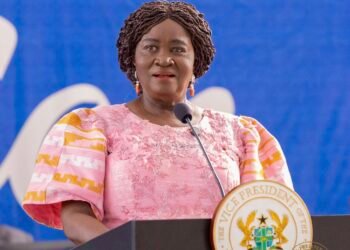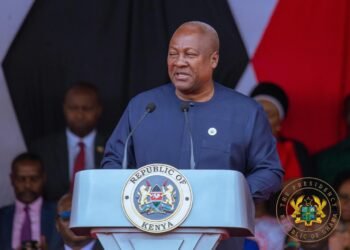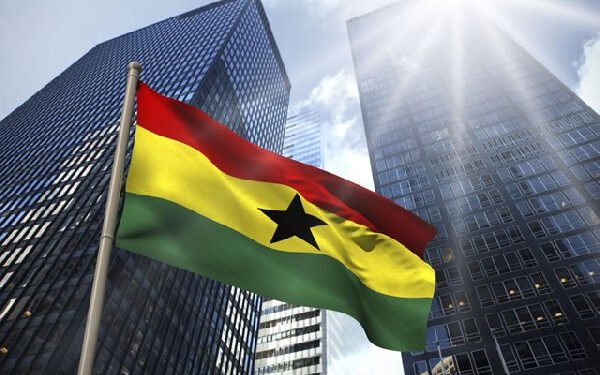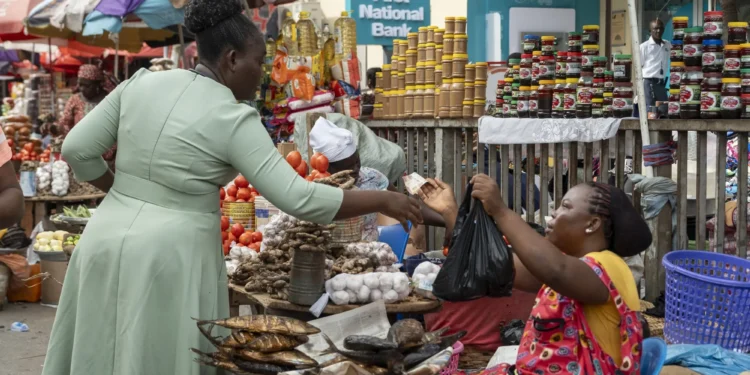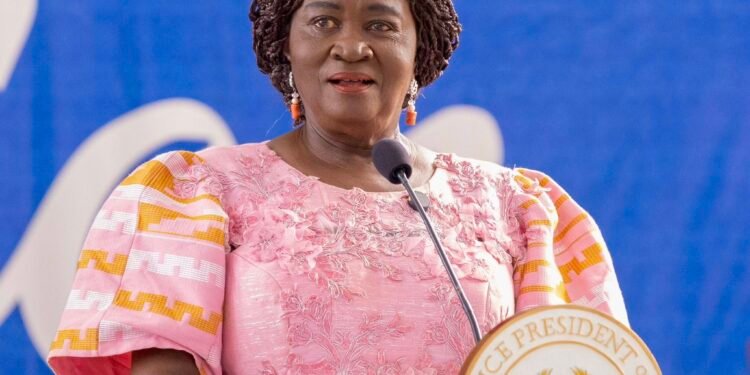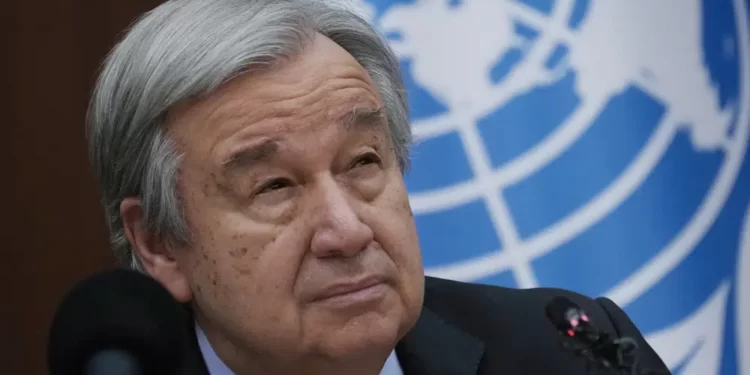Ghana is set to witness one of the most transformative infrastructure projects in its history as the government unveils the Accra–Kumasi Expressway, a nearly 200-kilometre high-speed corridor designed to redefine mobility, trade, and regional development.
Announced by Minister of Finance and Acting Minister for Defence, Dr. Cassiel Ato Forson, during the presentation of the 2026 Budget, the project stands as the flagship initiative under President John Dramani Mahama’s Big Push Infrastructure Drive—an agenda aimed at modernising the country’s transport backbone and expanding economic opportunity across regions.
The expressway, Ghana’s first true highway of this calibre, stretches 198.7 kilometres from the coastal capital, Accra, through the forest belt to Kumasi, the nation’s second-largest city.
Its design reflects a bold step toward international-standard infrastructure. The project comprises 23 kilometres of urban connecting roads in Accra and Kumasi, each built as four-lane corridors with speed limits of 60 kilometres per hour.
The 175 Kilometres of Six Lanes
Beyond these urban sections lies the main expressway—175 kilometres of six lanes engineered for speeds up to 120 kilometres per hour. Officials say this combination will drastically cut travel times, ease congestion, and stimulate economic activity along the corridor.
The selected route, revealed by Dr. Ato Forson, runs southeast to northwest and opens a new arterial path through communities previously bypassed by major highways.

From Accra, the expressway will travel through Adeiso, Asamankese, Ofoase, Akim Oda and onward through Bosomtwe before reaching Kumasi.
Designed with modernisation and inclusive growth at its core, the alignment avoids merely replicating the existing Accra–Kumasi road and instead unlocks new development zones, reduces pressure on currently congested areas, and provides a more efficient connection between the two cities.
Public Supports
Public reaction to the announcement has been swift, with many describing the project as historic and overdue. Franklin Cudjoe, Founding President of IMANI Centre for Policy and Education, called the expressway “visionary,” while stressing the need for responsible, transparent execution.
“It should be done without pain to residents, the environment, and our coffers,” he said. Mr Cudjoe emphasised the importance of clear communication to the public, including advance traffic notices, safety guidance, and preparation of alternative routes.
He added that only the most qualified contractors should be selected. “Good luck to all of us. May we see such replicated on all major roads,” he remarked.

Beyond the expert sphere, ordinary citizens have expressed optimism about the project’s long-term impact. Social commentator Richard Apau admitted he was initially skeptical, believing the new highway would simply duplicate the current route. However, after listening to Dr. Ato Forson’s presentation, his view changed significantly.
“I think it is a fantastic idea. And to say I am impressed with the route is an understatement,” he stated. Apau noted that the new alignment shortens the distance between Accra and Kumasi by more than 50 kilometres—down to 197 kilometres—and could cut travel time by over half.
“When completed, it could take commuters two hours to move from Accra to Kumasi, reducing the current travel time by over 50% and could reduce cost of transportation by nearly 50%”.
Richard Apau
For Apau, the expressway could also alter patterns of settlement by making areas like Asamankese more attractive for residential development. “I would have no basis to look for lands to build in already congested Accra. I will just build my dream mansion at Asamankese,” he remarked. The projected travel time from there to Accra would be shorter than commutes from Kasoa or Prampram.

Despite the excitement, he urged the government not to abandon the rehabilitation and dualisation of the existing Accra–Kumasi road, stressing that both corridors will be necessary to support Ghana’s growing population and economy. “The thinking is great, let it translate into action,” he concluded.
As the anchor of the Big Push Infrastructure Drive, the Accra–Kumasi Expressway signals a new developmental ethos—one focused on high-quality, forward-looking investments that bind the country’s economic zones more tightly together.
For the government, the project represents the dawn of what it calls “Ghana’s era of infrastructure,” a period where modern roads, enhanced mobility, and expanded opportunity become the foundation for national transformation.
READ ALSO: Ghana Attracts $3.5bn Oil Investments to Revive Production





